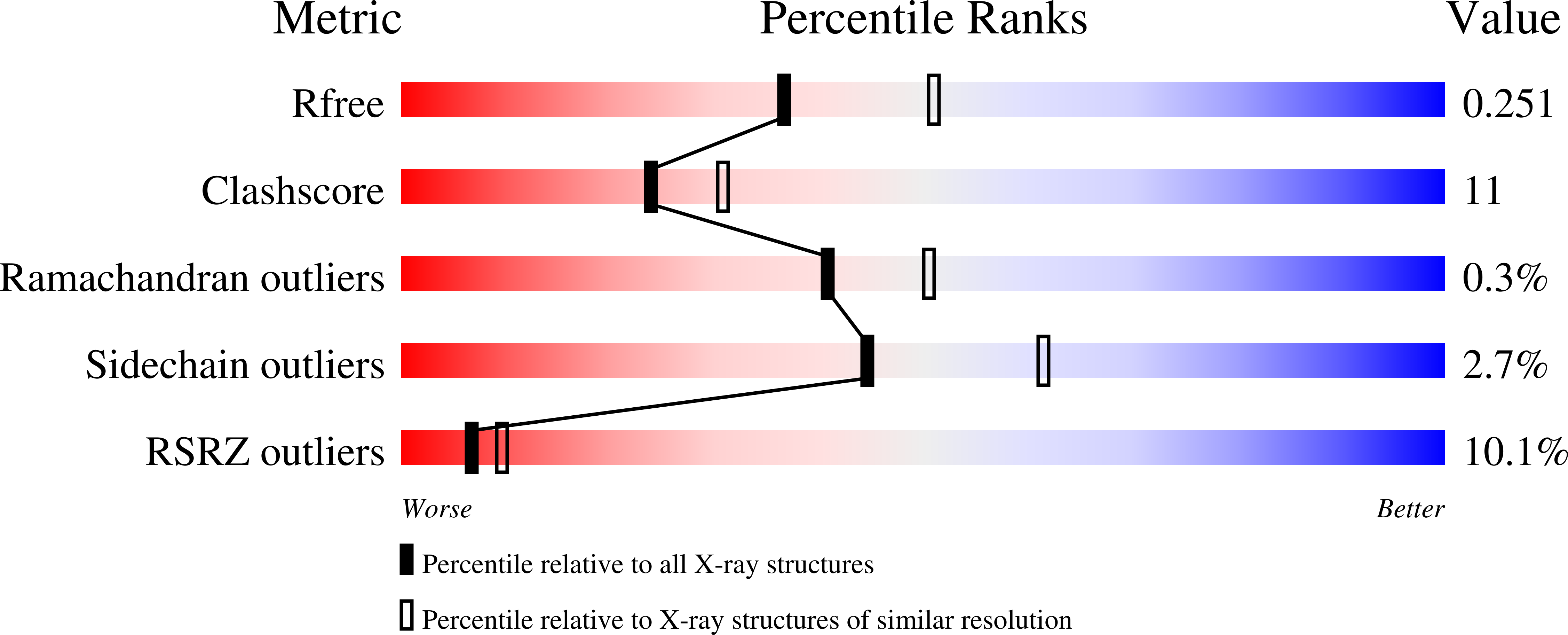
Deposition Date
2006-10-03
Release Date
2007-08-14
Last Version Date
2023-08-30
Entry Detail
PDB ID:
2ILM
Keywords:
Title:
Factor Inhibiting HIF-1 Alpha D201A Mutant in Complex with FE(II), Alpha-Ketoglutarate and HIF-1 Alpha 35mer
Biological Source:
Source Organism:
Homo sapiens (Taxon ID: 9606)
Host Organism:
Method Details:
Experimental Method:
Resolution:
2.30 Å
R-Value Free:
0.26
R-Value Work:
0.20
R-Value Observed:
0.20
Space Group:
P 41 21 2


